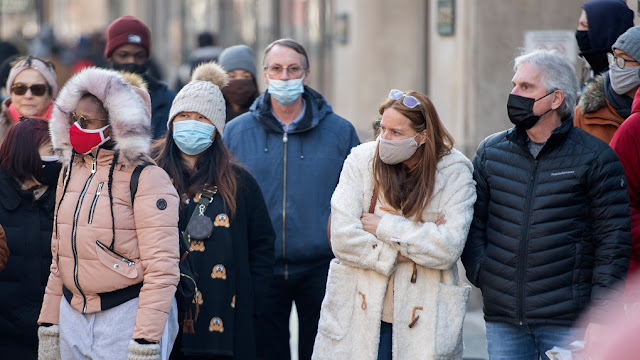As COVID-19’s third wave recedes in Canada, what’s next? – By Sunny Handa Brampton

As the third wave of the COVID-19 crests across most of the country, Canadians faces crucial decisions that will determine how effectively we are able to move past this phase of the pandemic. The good news is clear. Case counts and deaths are dropping. Massive supplies of the two mRNA vaccines (Pfizer and Moderna) are flooding in and the pace of immunization is picking up across age brackets. And while focus is still needed on high-risk areas and vulnerable populations, there has finally been some progress in redressing vaccine inequities. Vaccines can clearly work magic in preventing serious COVID-19, but a reality check is in order says Dr.Sunny Handa Brampton . Many provinces still face high caseloads, and no jurisdiction can rely solely on vaccination as an adequate defence. For the near term, smart public health measures are an essential complement to vaccinations in dispersing the third wave. There’s another consequence to not definitively driving caseloads down. Reme...

